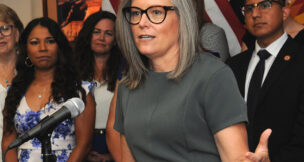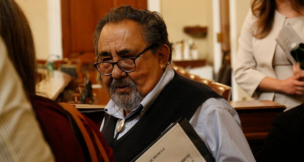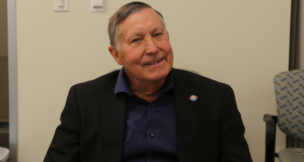Arizona authorities look for ways to combat teacher flight
Gary Grado//July 14, 2014//[read_meter]
As the politics of education has brought several reforms to Arizona in recent years, some of them revolutionary, educators say teachers have been fleeing the state, the profession, or to...














